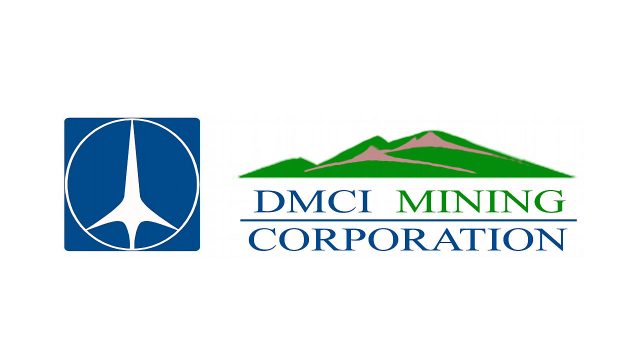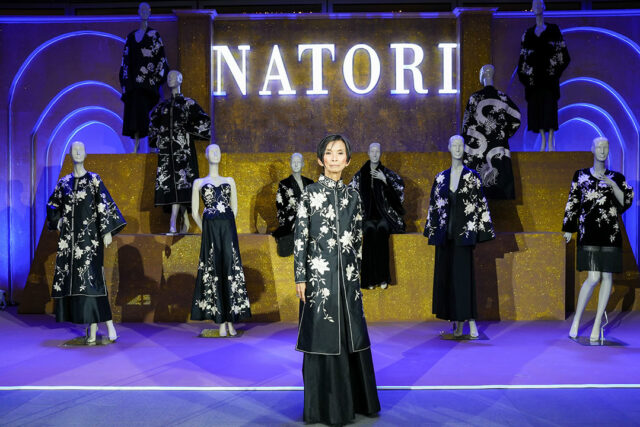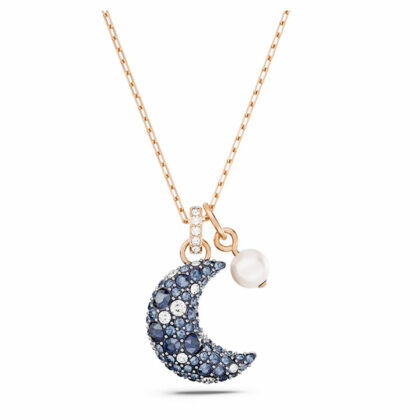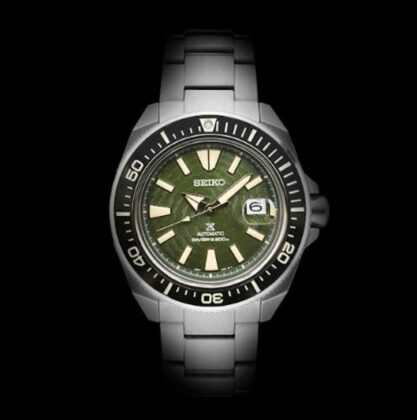(Part 3)
“Begin with the end in mind.” — Stephen Covey, Seven Habits of Highly Effective People
The cacophony of voices surrounding the Maharlika Investment Fund (MIF) range from one extreme of unrealistic expectations (“the MIF can get involved in all 197 projects”) to the contemptuously dismissive (“it’s all a waste of time”).
WHICH PROJECTS, AND HOW TO CHOOSE?
The priority areas are clearly referred to at least two times in RA 11954:
A. Article IV Investments, Section 14 Allowable Investments, (h.) — “real estate and infra projects… directed towards the fulfillment of national priorities… such as the national infrastructure program of DPWH [Department of Public Worlds and Highways] … inclusive innovation industry strategy of DTI [Department of Trade and Industry], and public investment programs of NEDA [National Economic and Development Authority].”
B. Section 17 Investment Policy, paragraph after (k.) — “priority must be given to investing in government infrastructure and other developmental projects which would yield the highest return on investment coupled with developmental impact” (a clear reference to double bottom line objective of strategic investment funds or SIFs).
The obvious starting point is the list of 197 Infrastructure Flagship Projects (IFPs) as approved by the NEDA (effectively the entire cabinet) and posted on the NEDA website.
The list of 197 projects as of July 2023 added three public-private partnership (PPP) projects to the list of 194 as of March 2023:
1. Ninoy Aquino International Airport Project (No. 97)
2. Laguindingan (Cagayan de Oro) International Airport Project — Upgrade, O&M (No. 99)
3. Tarlac-Pangasinan-La Union Expressway (TPLEX) Extension from Rosario, La Union to San Juan, La Union (No. 100)
The list already includes the New Bulacan International Airport being undertaken by the San Miguel group (project no. 7).
The original list of 194 infrastructure projects costs P8.3 trillion over five years from 2023-2028, equivalent to 5-6% of gross domestic product for each fiscal year. The revised list of 197 projects cost P8.67 trillion.

The 197 projects are classified according to status — Ongoing, Approved for Implementation, For Government Approval, Under Project Preparation, and Pre-Project Preparation.
The projects are classified by funding source — annual budget or General Appropriations Act (GAA), concessional loans (Official Development Assistance/ODA), and PPP. Several projects have mixed funding such as GAA/ODA, ODA/PPP, GAA/PPP while funding for some projects in the pre-project preparation stage are still to be determined (TBD).
Following best practices of successful case studies in other countries, the following framework is useful in determining which projects to prioritize:
Level 1 projects. These have economic and social returns ONLY, with no clear commercial returns so these are clearly not attractive to private investors. Funded only via GAA or ODA or both. Level 1 covers 143 or 73% of the 197 projects (63 GAA and 80 ODA).
Level 2 projects. These have economic and social returns, AND with commercial yields or cash flows. This category has 47 PPP projects, subject to further screening using the economic principle of additionality.
The UP School of Economics Discussion Paper (“Maharlika Fund: Still Beyond Repair,” June 2023) correctly pointed out a couple of issues:
1. The participation of the Maharlika Investment Fund in projects should not distort the government budget process. Projects with economic and social returns but without clear commercial returns and no potential cash flows or dividends to private investors, can only be funded by GAA or ODA.
2. The economic concept of “additionality” — If a project generates commercial returns attractive enough for private investors to come in anyway, SIF participation is unnecessary or redundant. In short, an SIF should not compete with the private sector for PPP projects.
Conversely, additionality means the SIF should focus on projects that would not otherwise happen without its involvement. “Demonstration effect” projects are meant to attract the private sector upon showing signs of viability (Crowd In effect).
Level 3 projects. These come with economic/social returns, along WITH commercial yields, and clear ADDITIONALITY. These are clear candidates for participation by an SIF. This highlights the importance of the board-level Investment Committee overseeing a screening process that operationalizes a disciplined approach to project evaluation. This should be conducted by qualified, experienced, and technically capable project finance staff.
The India Infrastructure Investment Authority’s screening process is so rigorous that projects are taken up at the Investment Screening Committee several times (concept, pre-feasibility, feasibility stages) prior to Board consideration.
WHICH PROJECTS ARE REALLY ‘SHOVEL READY’?
From the universe of 197 projects, 19 projects can be considered “shovel ready” — those listed under the PPP column and categorized as Ongoing (13), Approved for Implementation (four) and for Government Approval (two). This is not a bad number, and some in the project preparation stage may be included depending on how advanced the staff work already done is. This list of 19 should be still subjected to the additionality test.
Can projects outside of the 197 list still be included? The short answer is “yes.”
Fellow Introspective columnist Calixto Chikiamco has suggested that the additionality principle applies to agro-forestry projects where government participation can make the returns on projects more predictable by reducing the uncertainty of property rights arising from log bans and the 25-year constitutional limit on leases as well as facilitate issuance of licenses/permits. Such a project may need to be included first in the list of IFPs following NEDA protocol, but the MIC board can formulate policy and procedures to evaluate the projects on its own initiative aligned with NEDA parameters.
BUT FIRST THINGS FIRST
You must learn how to stand before you can walk and learn to walk before you can run. The first priority is to complete the board of directors, which will form the governance structures, create board committees (especially the independent committees) and formulate the critical investment policies and screening processes.
It is neither fair nor proper to expect the MIC President to articulate policies and identify project priorities without the benefit of the collective wisdom of the Board of Directors.
The second priority is the hiring of key management personnel to perform key functions and operationalize the mandate of MIF as defined by RA 11954 and articulated by the Board. Potential partners will be keen to look at the track record of the board and the management team (individually and as a team).
Credibility does not consist only in having the money at hand (which only highlights the opportunity cost of idle funds in the meantime), or in announcing a list of projects which still needs to be validated anyway by the MIC board.
Credibility is established by putting the key pieces in place, in the right sequence, and in the right combination that checks the boxes for best practices in governance and execution. This will be the topic of my next column.
(Parts 1 and 2 of this series can be found here: “The Maharlika Strategic Investment Fund governance issues: Aligning with best practice” (https://tinyurl.com/ylhpyvu4) and “The Maharlika strategic investment fund — the ‘pause,’ the fix” (https://tinyurl.com/yuetlvaq).).
Alexander C. Escucha is the president of the Institute for Development and Econometric Analysis and the chairman of the UP Visayas Foundation. He is a Fellow of the Foundation for Economic Freedom and a past president of the Philippine Economic Society. He wrote the Handbook on Overview of the Banking Industry for the BAP.
alex.escucha@gmail.com



















